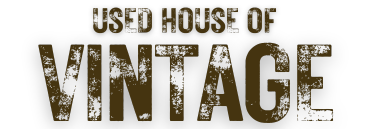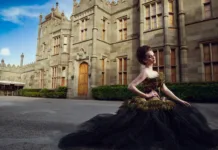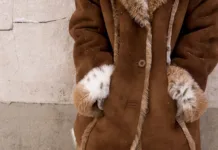Last Updated on February 26, 2025 by Used House Of Vintage
The 1920s style period can’t be matched to any other by the sheer degree of social change when everyone else was experimenting with fashion and class-related style trends. 1920s Black Women Fashion were becoming the trendsetter. While others were stuck with styling around the trend of the period, black women were ahead of the game. They were not only creating a fashion trend but were laying the foundation for trends to come.
It began in various ways with the spread of women’s tribute in the brief post-war years. A couple of astounding late adopters of women’s tribute were the United States in 1920 and France in 1945. The First World War isolated the styles and connected them to different classes of society in Europe. Women found one more chance and inspiration to refine fashion and self-worth.
One of the trends of the time that was famous among black women was the flapper dress.
What is a flapper dress?
It is not possible to know how the word flapper entered the shoptalk in America. With regards to black women, they were considered the OGs of this style. You could see women styling it around World War I.
The exemplary picture of a flapper is that of an in-vogue youthful party young lady. Flappers smoked out in the open, drank liquor, often went to clubs, and were sexually active, which was against the moral standards of society at the time.
These women practiced freedom of dressing and were often seen sporting a knee-length dress such that the calf was always visible. Paired them with sleek shoes or sandals that looked nice with the dress. It was this dress that showed how the women wearing it carried a modern mindset without any social pressure. Black women were always considered strong, and with this dressing, they were able to showcase their fight against immoral social norms. This outfit was a sign of the rise of black women’s fashion.
The 1920s was a time of great revolution; everyone was a part of the fight for equality. The Harlem Renaissance was also at its growing age and gave rise to the unforgettable Harlem fashion.
What was Harlem fashion?
The quickly developing working class in Harlem started spending more on luxury that was forbidden for them back in the time, and they currently had the necessary resources to trade their previous solemn apparel for the bright, glitzy articles of clothing that were rapidly becoming well known the country over. A gleaming emerald gown, a stylish padded headband, or a velvet-caught Chesterfield coat in the city of Harlem turned into an image of freedom. The looser, additional noteworthy dresses inclined toward by ladies of the time likewise addressed their recently acquired opportunities, permitting them to work in workplaces and dance at speakeasies without limitations.
Read this too: Rewind to the 70’s black women’s fashion
Not only the outfits but also the hairstyle were a masterpiece and cannot be neglected. They had a completely separate vibe from the mainstream but hugely influenced everyone. Few hairstyles were made popular by black women and became a hit in the fashion industry immediately.
1920s Black Women Fashion iconic hairstyles
The blunt haircut- Bob
The bob cut was the most popular short hairstyle during the 1920s. It made its initial introduction to public cognizance in 1915 when the chic formal dancer Irene Castle trimmed her hair short as an issue of comfort into what was then alluded to as the Castle bounce.
Initially, when black women decided to copy that look, they couldn’t simply stroll into a beauty salon and request that the beautician trim off their hair into that unpolished, just-beneath-the-ears hairstyle. Numerous beauticians absolutely wouldn’t play out the stunning and profoundly disputable solicitation. Adornments were intended to supplement the bounce. The still-well-known bobby pin got its name from holding the haircut set up. The headband, normally worn over the brow, added a brightening prosper to the unpolished cut.
Read this: Veritably amazing 80s black women’s fashion
Pixie cut
The artist, dancer, and entertainer are praised as both an incredibly popular performer and progressive revolutionary. Starting from her initial years to a very long time on the stage, she became known for her pixie cut. She became a fashion icon for many black fashion divas in the following years.
Marcel waves
The Marcel Wave, or Marcelle, is a snappy wave accomplished by a unique sort of warmed hair curlers.
Named after French beautician Francois Marcel of the nineteenth century, who imagined the cycle in 1872. It changed the craft of styling all around the world and stayed in design for north of fifty years, making a fortune for Mr. Marcel.
Initially known by a different name that changed and developed to the “Marcel Wave.”
Black women fashion: final thoughts
Twenties style is frequently associated with its fabulousness and marvelousness. However, basically this was a push toward effortlessness in dressing. For black ladies, this implied more limited skirts and straightforward shapes, while men appreciated easygoing suits. The contention, which finished a little more than a year prior to the new ten years started, affected society, culture, and style. Fundamental to these recent trends was a straightforwardness that had not recently been found in ladies’ style.





